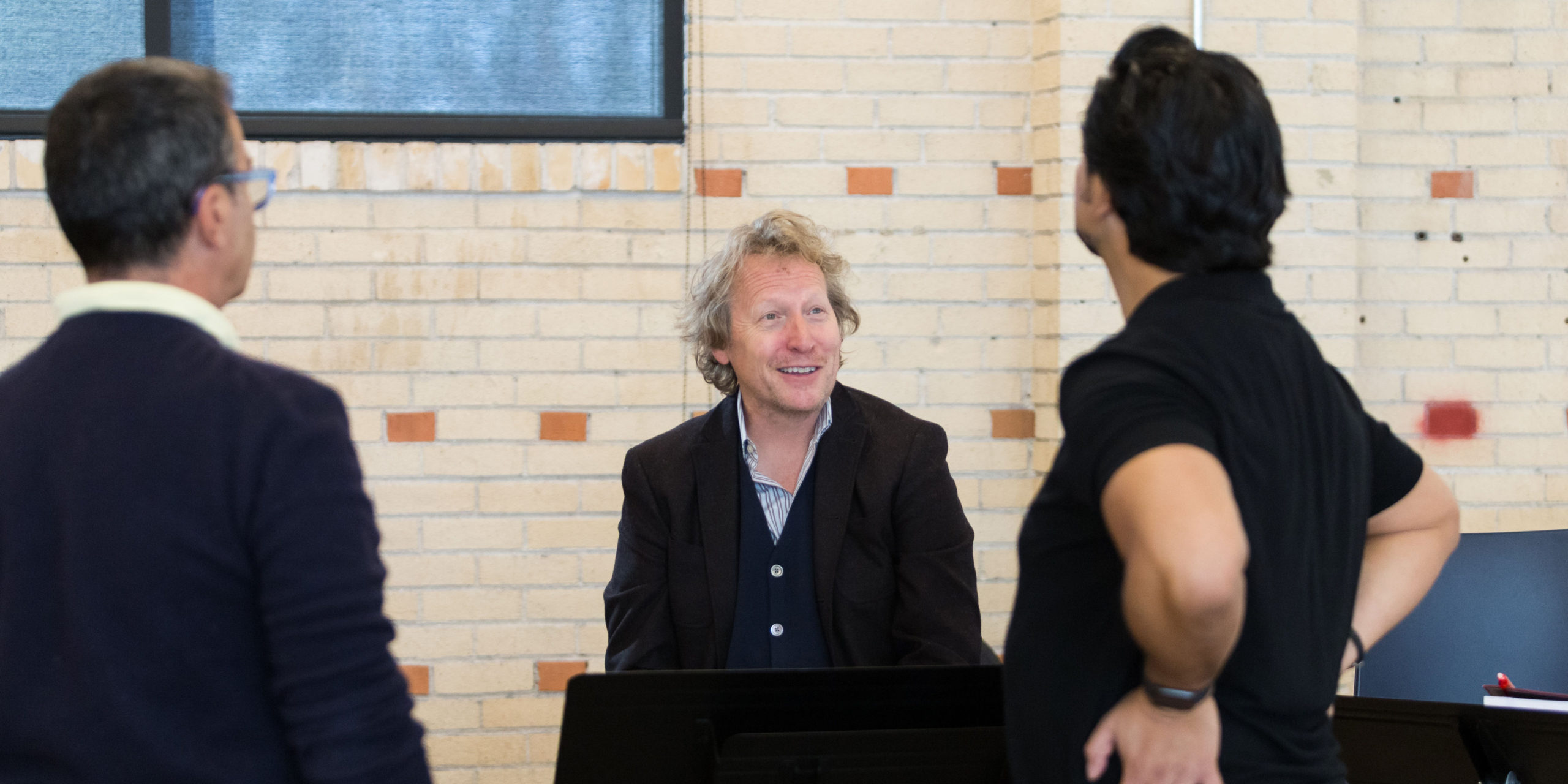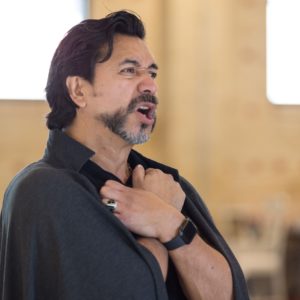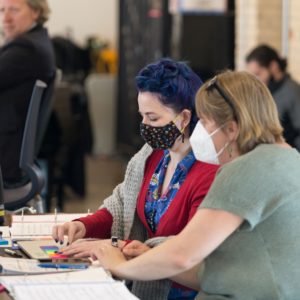Behind the Curtain: A Recipe for A Successful Production

By: Greg Carpenter, General & Artistic Director
Creating a great opera production is much like assembling the ingredients for a complex recipe. You always begin by shopping around for the finest ingredients and then follow the recipe’s details in the correct order to ensure you have the most delicious outcome.
Where Does Casting begin?

The “recipe” Opera Colorado’s Music Director Ari Pelto and I use to create an exciting production begins with great singing. Either through auditions and recommendations or singers we already know, we assemble a list of artists who would be a good fit for each role. We usually have at least three to four choices per role. We focus first on the voice, ensuring the artist can handle the demands of the role. Then we focus on their ability to embody the role both physically and emotionally. Once we have compiled our lists, we let those ideas sit for several months while we shop for the other ingredients.
All the Right Ingredients

The next ingredient is identifying a talented director who is a strong storyteller. Someone who thoroughly comprehends the music and the libretto (the story) and understands the director is in service to the opera, not the opera in service to the director. We look for directors who can move from one dramatic situation to another with efficiency and clarity, helping the audience understand the story and connect with the emotions of each character.
The third ingredient is identifying the set and costumes to support the story. These elements must provide a perfect canvas for the director and give the audience a strong sense of time and place. Opera is a highly visual art form, and we look for a set and costume package that provides the audience with a sense of opera being larger than life.
The final ingredient is assembling a team of highly talented production personnel who work collaboratively to support the singers, director, designers, musicians, and chorus, ensuring all of the individual ingredients work in harmony.
Tosca is a timeless story of greed, lust, jealousy, and corruption (in themselves the best ingredients for a thrilling drama), one that is just as relevant today as it was in 1900 when it premiered in Rome. I believe the ingredients we have assembled for Tosca will make a deliciously passionate, dramatic feast for your eyes and ears.
I hope you enjoy what we have cooked up for you!
—
If you were in charge of casting, what singers or artists would you bring to Opera Colorado? Do you have a favorite singer you want to see return to the stage at the Ellie Caulkins Opera House?


